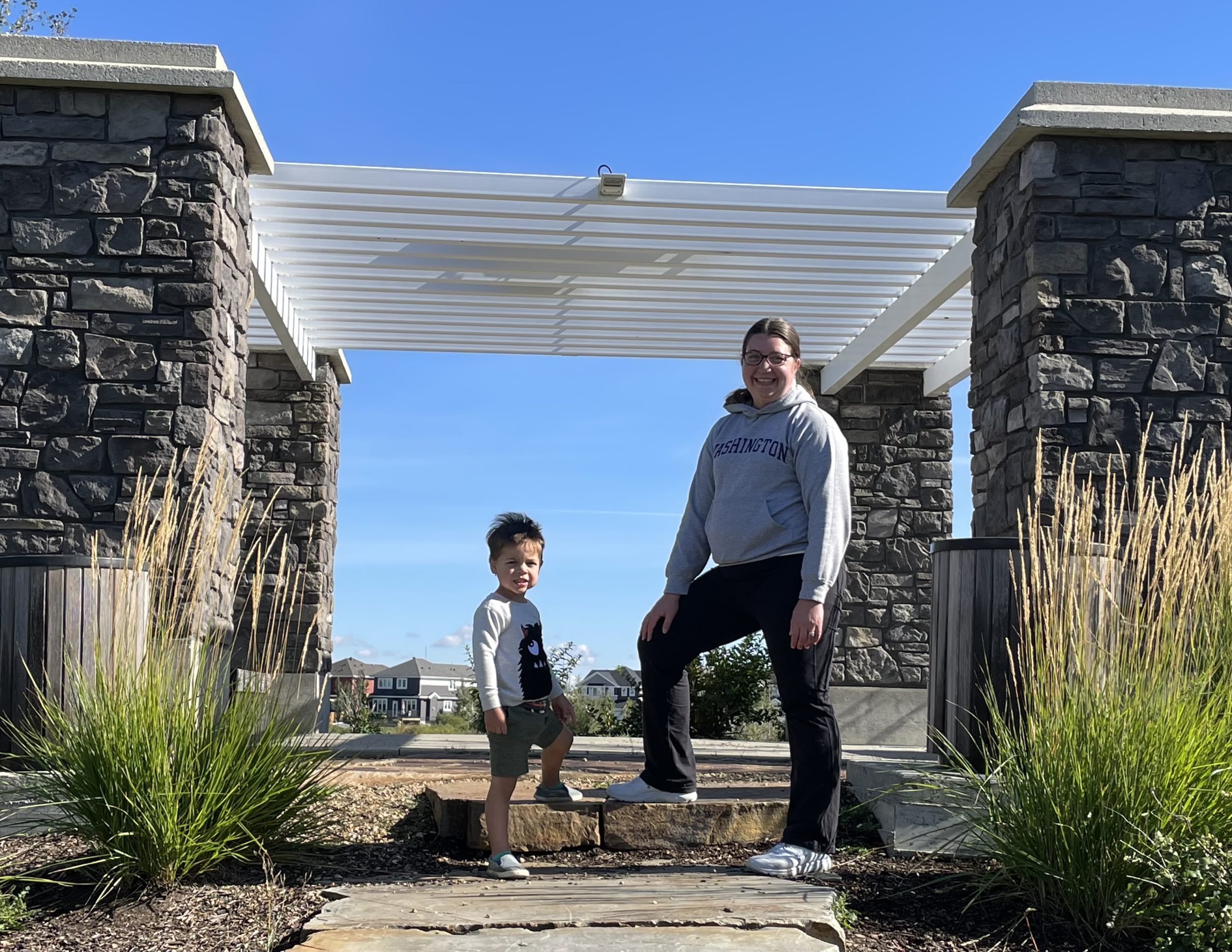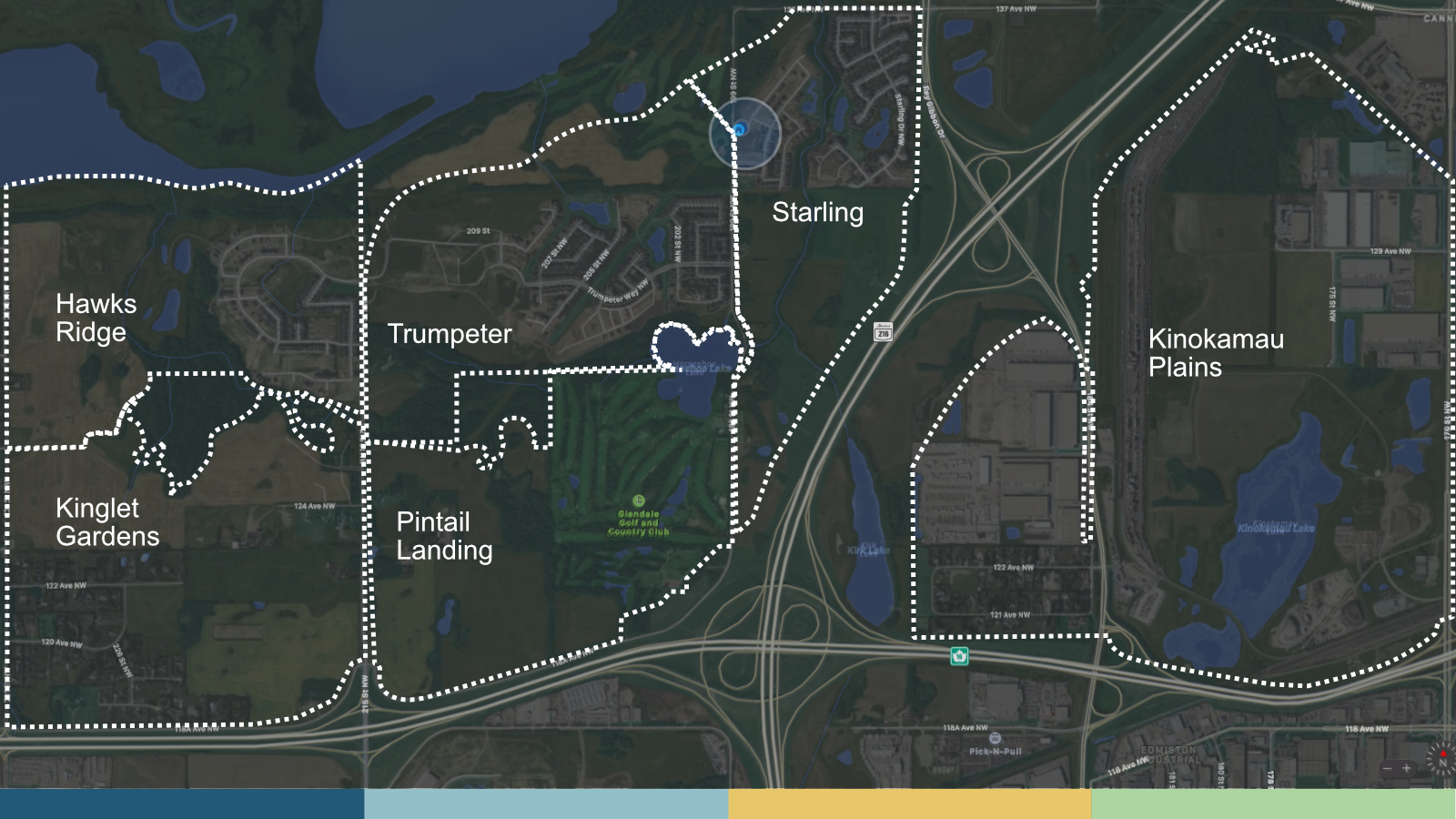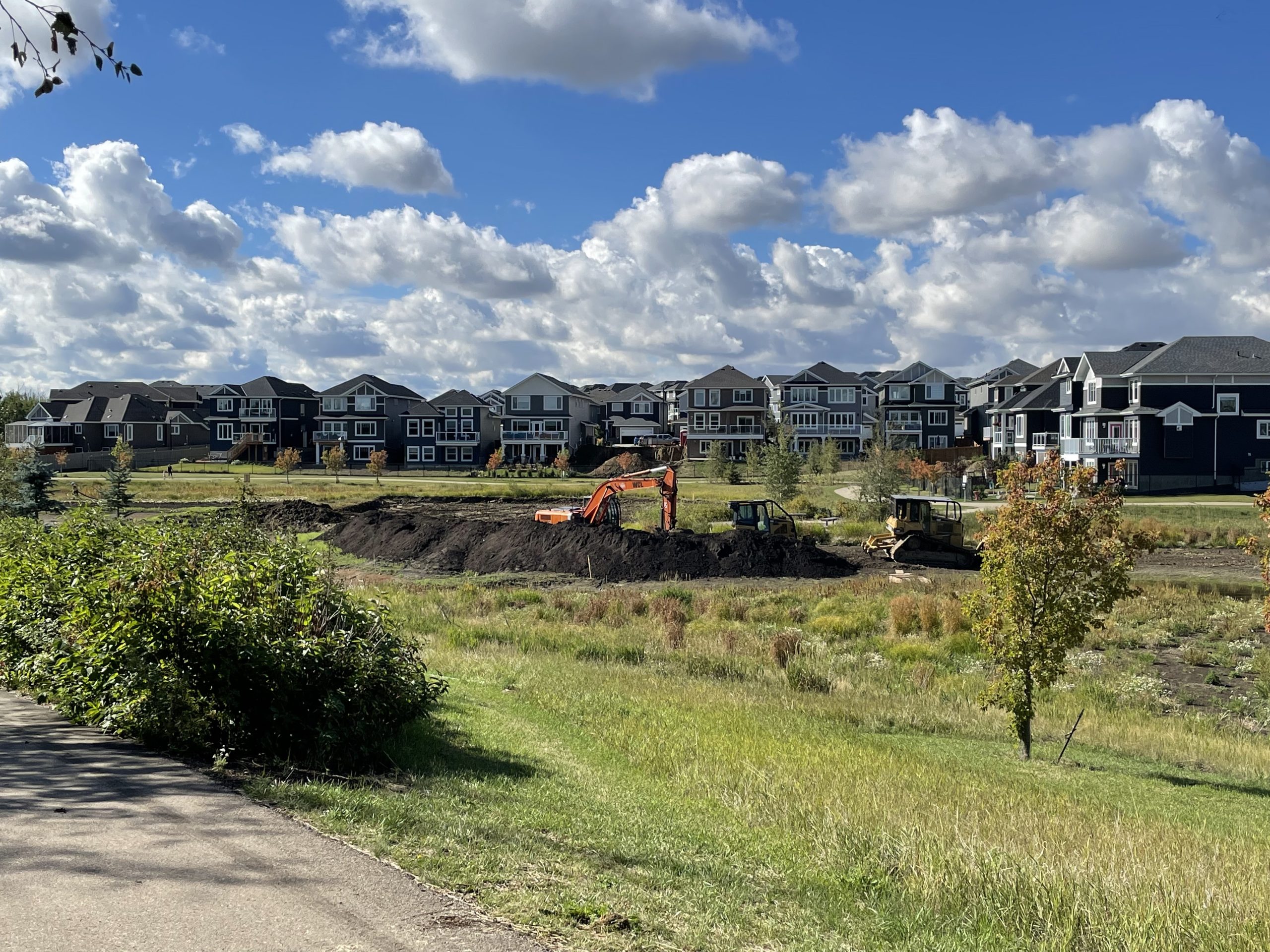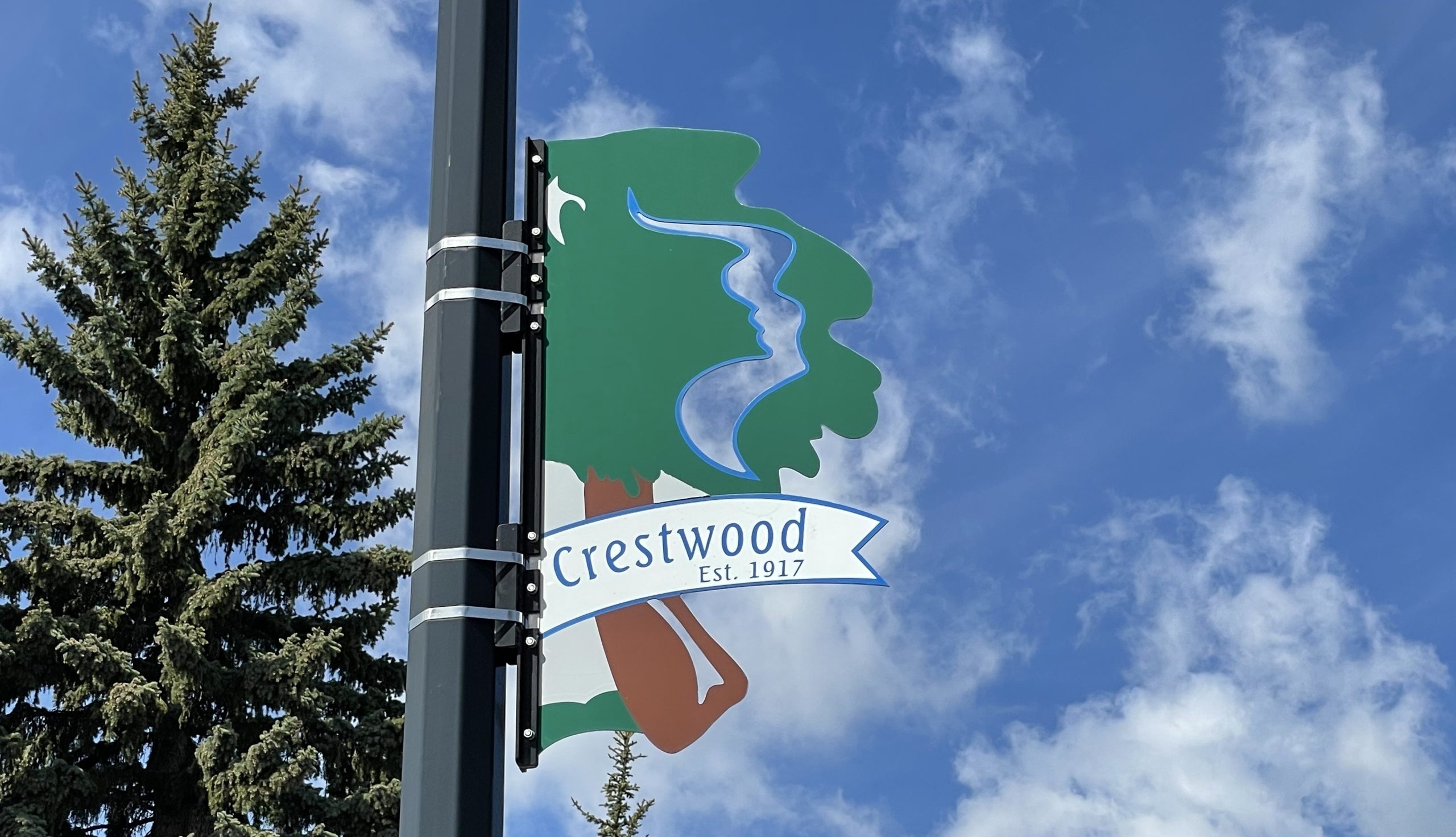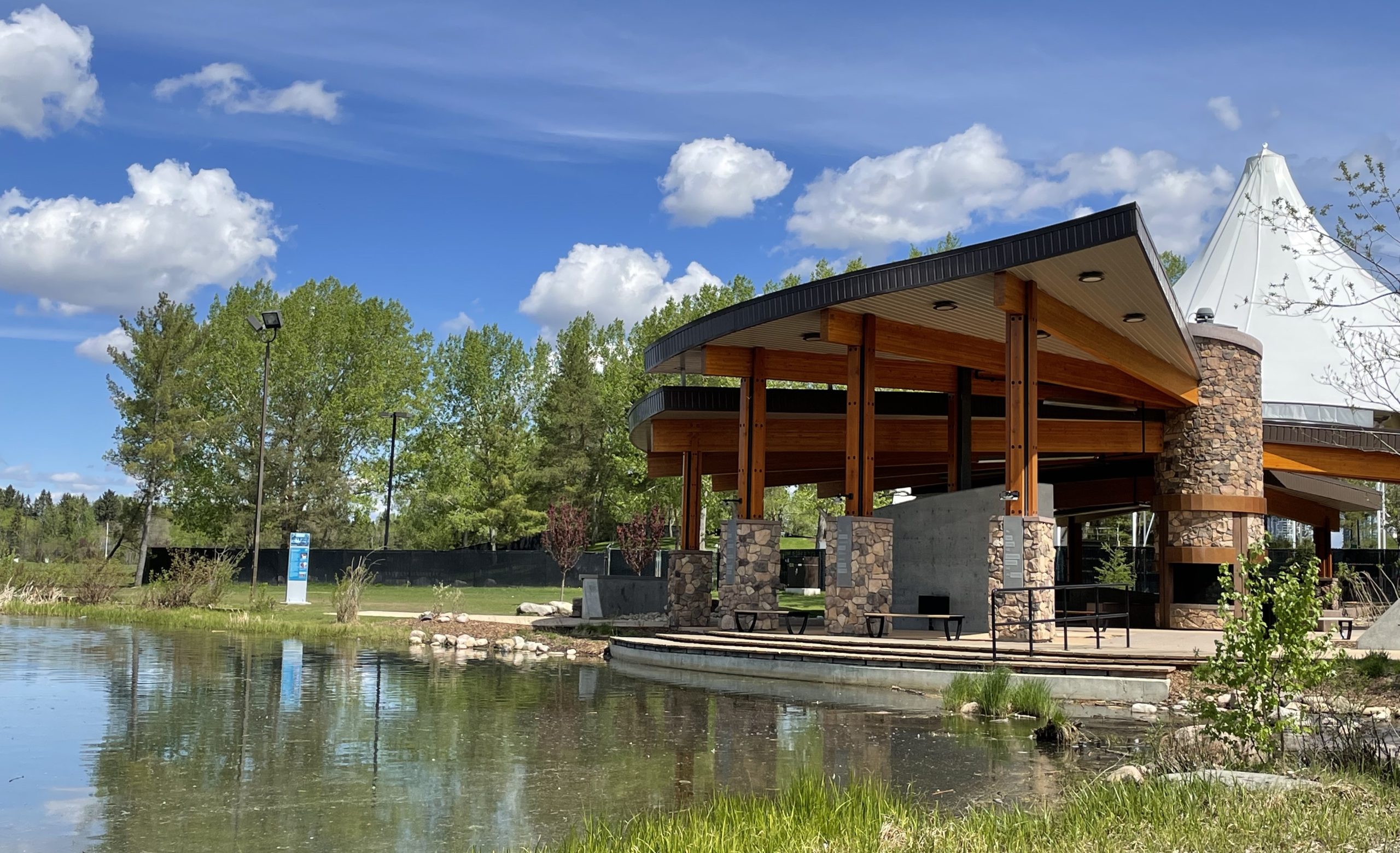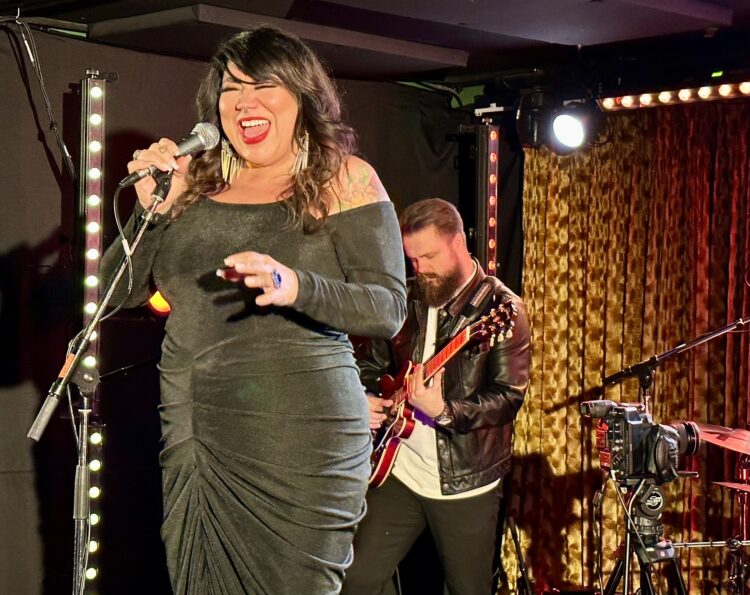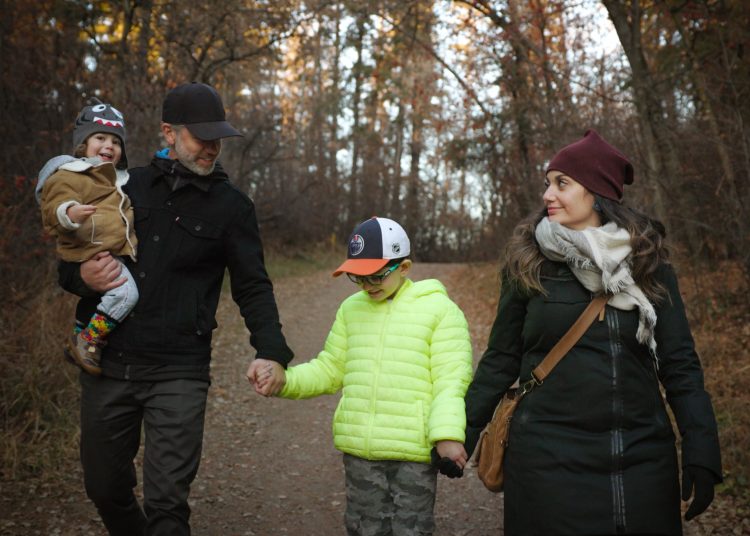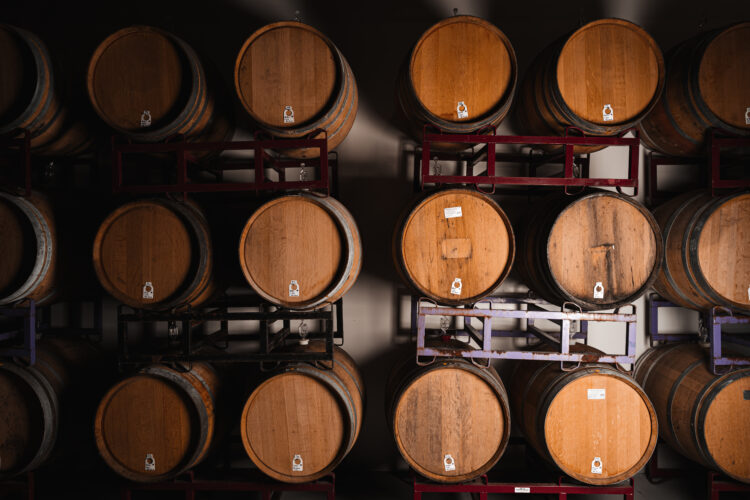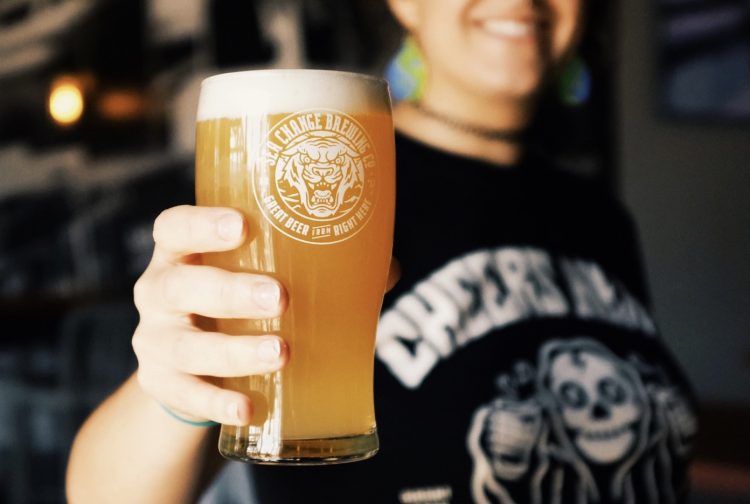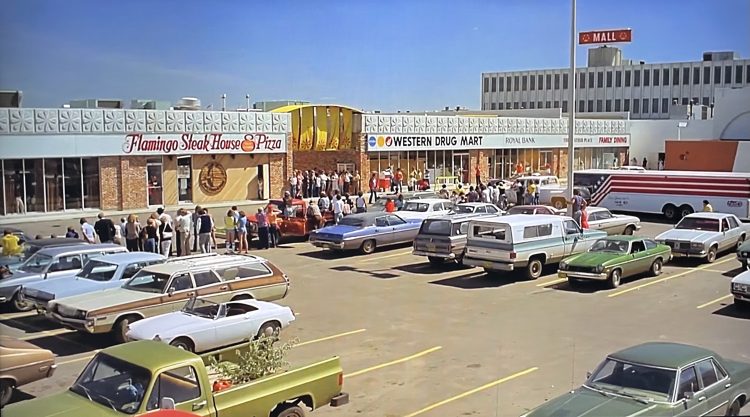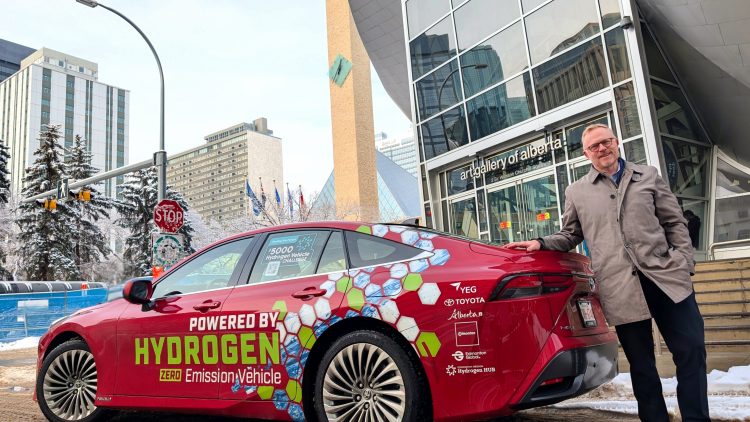Whitney Corbett grew up in a small town and always wanted to experience city life. Her husband, Greg, grew up in a city and wanted to live in a small town.
They ended up with the best of both worlds in 2017 when they bought a home in Hawks Ridge, a new neighbourhood in northwest Edmonton. It’s next to Big Lake and Lois Hole Centennial Provincial Park, yet only 15 minutes from West Edmonton Mall and 25 minutes from Ice District and the Winspear Centre.
“There are a lot of young families and retirees here,” said Corbett, as she pushed her son Emerson on a playground swing. A flock of geese honked as they flew overhead.
“It’s a great place to live because you have all the connections of the main roadways, but as you can hear, we’re close to nature. The moose visit us from time to time, we hear the coyotes nightly, so it feels like living in the country within a city.”

